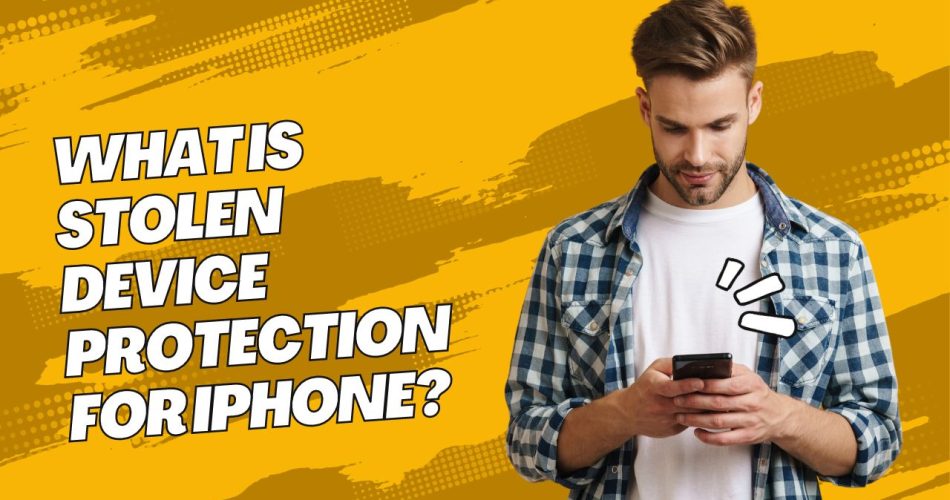What Is Stolen Device Protection and How It Work?
The Stolen Device Protection is a new security feature introduced by Apple in iOS 17.3 to provide additional protection in case your iPhone gets stolen.
When Stolen Device Protection is enabled on your iPhone, it adds an extra layer of security by requiring biometric authentication via Face ID or Touch ID to perform sensitive actions on your device.
Additionally, for some critical operations like changing your Apple ID password, it enforces a 1-hour security delay. This means you will need to authenticate twice – once immediately and then again after 1 hour – before the action can be completed.
Actions Protected by Stolen Device Protection
Here are some of the actions that will require biometric authentication and/or the 1-hour security delay with Stolen Device Protection enabled:
- Changing Apple ID password
- Updating Apple ID account security settings (e.g. adding trusted device)
- Changing iPhone passcode
- Adding/removing Face ID or Touch ID
- Turning off Find My
- Turning off Stolen Device Protection
- Erasing all content and settings
- Removing Apple Pay cards
- Viewing saved passwords in iCloud Keychain
So, in case your iPhone gets stolen, the thieves won’t be able to access your sensitive information or make changes to your accounts without overcoming these extra security barriers.
Exceptions to the 1-Hour Security Delay
The 1-hour delay will not apply when your iPhone is at a familiar location like your home or workplace. This is to avoid unnecessary inconvenience when you need to make account changes or updates.
Thus, at familiar locations, the actions will still require biometric authentication but without the additional waiting period.
Why is Stolen Device Protection Important?
Stolen Device Protection aims to solve a serious issue where thieves were spying on iPhone owners to steal their passcodes, and then gain access to their sensitive data.
Passcode Thefts Enabling Identity Thefts
Earlier in 2023, reports emerged about iPhone thieves observing users enter passcodes in public places, and then stealing the devices to take over their digital lives.
By entering the passcode, thieves were able to:
- Reset Apple ID password
- Remove device from owner’s Apple account
- Access saved website passwords and financial data
- View personal data like photos and messages
- Make fraudulent purchases using saved payment details
This allowed the perpetrators to gain control of the victim’s online identity and steal money and information.
Stolen Device Protection Thwarts Thieves
The Stolen Device Protection feature effectively thwarts this type of theft. By adding delays and requiring biometric authentication, it prevents thieves from making rapid account changes before the owner has time to react.
So even if the passcode is known, the thieves cannot take over the Apple ID or erase device data without overcoming the additional security barriers. This buys time for the victim to put their device in Lost Mode or inform authorities.
How to Enable Stolen Device Protection
Enabling Stolen Device Protection is simple and takes just a few steps:
- Open Settings app on your iPhone
- Go to Face ID & Passcode (or Touch ID & Passcode)
- Scroll down and tap on Stolen Device Protection
- Toggle on the switch for Stolen Device Protection
The extra security will now apply to all the sensitive actions on your iPhone.
Do note that you need to be running iOS 17.3 or later to access this feature.
Final Thoughts
The Stolen Device Protection delivers important protection against identity theft by preventing unauthorized account access even if your iPhone passcode is known. While iPhone thefts may not be eliminated altogether, this feature effectively neutralizes their impact and makes them far less rewarding for criminals.
Hence, if you’re worried about passcode theft and account hijacking, be sure to turn on Stolen Device Protection once you update to iOS 17.3. It adds vital security with minimal inconvenience under normal conditions.

